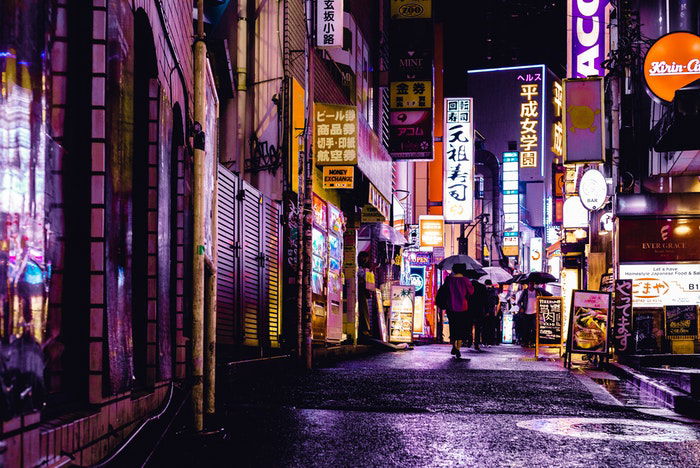The Only Guide for Street Photographers
Fascination About Street Photographers
Table of ContentsWhat Does Street Photographers Mean?Indicators on Street Photographers You Should KnowFascination About Street PhotographersNot known Facts About Street PhotographersThe smart Trick of Street Photographers That Nobody is Discussing
Street photographers do not always have a social purpose in mind, yet they prefer to separate and capture minutes which might or else go undetected.Though he was influenced by several of those who affected the street digital photographers of the 1950s and '60s, he was not chiefly thinking about catching the spirit of the road. The impulse to aesthetically record individuals in public began with 19th-century painters such as Edgar Degas, douard Manet, and Henri de Toulouse-Lautrec, who worked side by side with professional photographers attempting to capture the essence of urban life.
As a result of the relatively primitive modern technology readily available to him and the lengthy direct exposure time required, he battled to capture the hustle and bustle of the Paris streets. He try out a collection of photographic techniques, trying to find one that would allow him to record motion without a blur, and he found some success with the calotype, patented in 1841 by William Henry Fox Talbot. While the digital photographers' subject was essentially the exact same, the results were considerably different, showing the impact of the photographer's intent on the character of the images he generated.
The Ultimate Guide To Street Photographers
Offered the great top quality of his photographs and the breadth of material, architects and musicians often purchased Atget's prints to make use of as recommendation for their own job, though commercial interests were barely his major motivation. Rather, he was driven to picture every last residue of the Paris he enjoyed. The mingled interest and urgency of his objective luster through, resulting in photos that tell his very own experience of the city, high qualities that expected road digital photography of the 20th century.

Unlike his peers, Brassa made use of a larger-format Voigtlnder electronic camera with a much longer direct exposure time, forcing him to be much more calculated and thoughtful in his method than he could have been if using a Leica.

Rumored Buzz on Street Photographers
It is because of this essential understanding of the art of picture taking that he is frequently credited with uncovering the medium around again about a century considering that its development. He took photos for more than a half century and influenced generations of photographers to trust their eye and intuition in the minute.
These are the questions I shall try to answer: And after that I'll leave you with my very own interpretation of street digital photography. Yes, we do. Allow's kick off with specifying what an interpretation is: According to it is: "The act of specifying, or of making something certain, distinctive, or clear".
No, absolutely not. The term is both restricting and misinforming. Seems like a road digital photography should be photos of a roads ideal?! And all road photographers, besides a small number of outright newbies, will totally value that a street is not the crucial element to street digital photography, and really if it's a photo of a street with maybe a couple of boring people doing absolutely nothing of passion, that's not road digital photography that's a picture of a street.
The smart Trick of Street Photographers That Nobody is Talking About
He makes a legitimate point do not you assume? However, while I agree with him I'm uncertain "candid public photography" will certainly catch on (although I do this hyperlink type of like the term "honest digital photography") because "road digital photography" has actually been around for a long time, with several masters' names connected to it, so I believe the term is here to remain.
You can shoot at the beach, at a festival, in a street, in a park, in a piazza, in a coffee shop, at a gallery or art gallery, in a city terminal, at an occasion, on a bridge, under a bridge ...
10 Simple Techniques For Street Photographers
Yes, I'm afraid we terrified no choice! Without rules we can not have an interpretation, and without an interpretation we do not have a genre, and without a style we do not have anything to specify what we do, and so we are stuck in a "rules interpretation category" loophole! - Street Photographers
